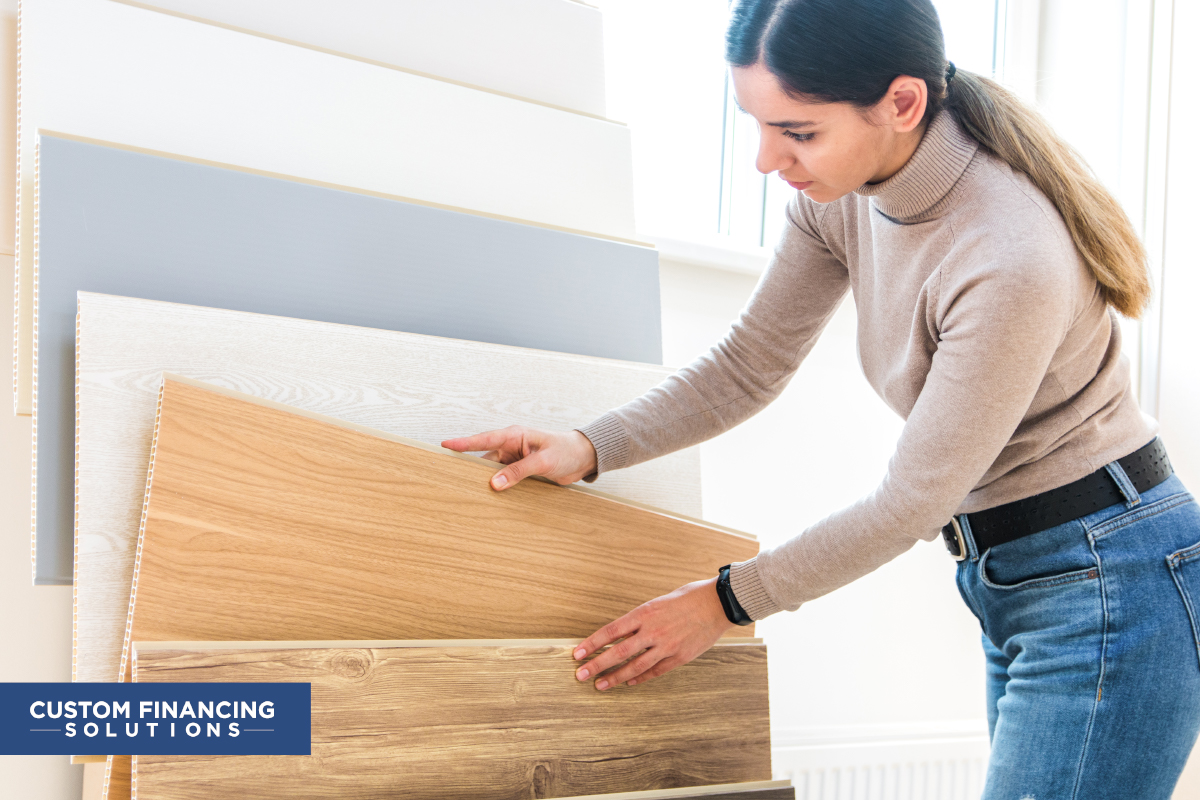One of the first things to catch the eye as you enter any establishment is flooring. It is an integral part that comes with an abundance of options to suit different personalities. While vinyl & tiles have become quite popular these days, there are two others which stand out in particular and are preferred worldwide, wooden and marble flooring.
Both of them are loved by the customers and are long-lasting, provided they are taken care of. But at the same time, they are worlds apart when it comes to their look, texture and other features. How to choose between the two and which one will suit your project better?
Let’s do a side-by-side study on the major aspects.
The Design
Marble: If your client prefers a luxurious style, then marble flooring could be your choice. It complements modern furniture and fittings; the polished shine goes with almost everything around it.
Wood: Wooden flooring creates a much cozier tone. Its natural, raw appearance goes well with classic furniture. It has many color shades ranging from light to dark; you can pick one that complements the surrounding and the owner.
Installation
Marble: Its installation process resembles that of ceramic tiles; the marble pieces are cut and glued to a cement base. Special marble sealant is required for the purpose; once the floor is fixed, it is polished for finishing.
Wood: There are many methods to install wooden floorings like glue-down or click-lock, but nailing the wood is considered to be more durable amongst all. This uses a wooden subfloor to which planks of wood are nailed, the core advantage is that the nails are hardly visible after finishing.
Temperature
Marble: Marble cannot store heat, which is why it feels cold and preferable in warm climate areas.
Wood: Wood absorbs heat and is more versatile across all climates.
Cost & Maintenance
Marble: Marble installation is labor-intensive work, and costs a bit more than wood. But on the maintenance side of things, it is easy-to-handle. Being a hard stone, it is resistant to moisture, bacterial or fungal growth. Another benefit is that it does not retain scratches as they fade away over time. It requires re-polishing approximately every 6-7 years.
Wood: Wooden flooring is comparatively cheap but susceptible to damage from scratches and wears & tears. However, it adds a character to the place and is preferred by many despite being high-maintenance. It requires special care while cleaning as moisture can seep in the crevices causing microbial growth. Ideally, this flooring needs polishing every 4-5 years.
Choosing between the two depends on the scale of the project, budget, location and other factors. If budget is a major concern of your client, here are some tips for best floor financing to cover bad credit concerns. You can also finance your clients to serve them better. At CustomFin, we have partnered with many home improvement contractors to help them finance their clients.










[…] Following these will help you in a hassle-free installation. Many people prefer to pair it with new flooring, to complete renovation. But with multiple flooring options available, which one would you suggest to your client. Click here to know everything about two of the most used flooring options, marble & wooden. […]